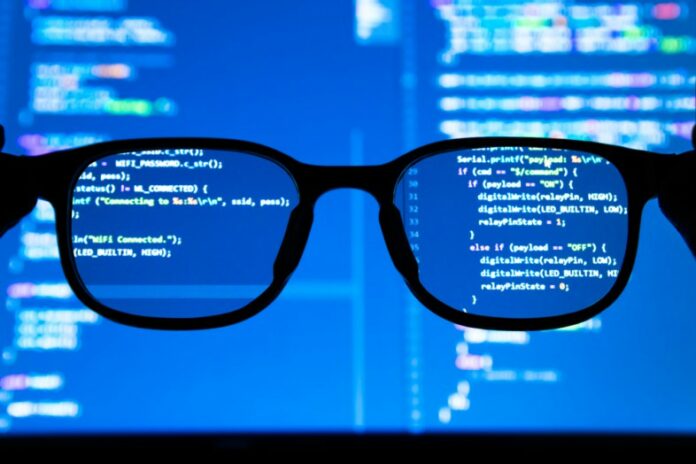Data analytics can be omnipotent and can open any doors, even doors to the future only if they can be properly supervised by a data scientist.
Data science is omnipresent and is gaining wide recognition during these COVID-19 times. Data Analytics help in taking the guesswork out from the decision-making process and has become the need for the hour. But there are lots of obstacles that hinders a data scientist to effectively exploit the data available.
Provide relevant insights
Data scientists have to understand the data and also have to make it understandable for common people. The insights provided by the analysis have to address the current crisis and issues faced by the businesses. It still remains a major challenge in convincing traditional companies to adopt data-driven decision-making process. Thus, data scientists can use dashboards to visualize the data and its analytics to highlight the insights provided.
Right Data (Quality)
With the whole world talking about COVID-19 and providing with huge volume of raw data, it is important to clean the data to make a robust analytical model. ML and deep learning algorithms can reproduce well only with what they are told and provided with. For instance, Microsoft’s Tay, a chatbot learned about tweets from the internet and ended up chaotic.
Hence, it is a challenge for the data scientists to curate this bigdata.
Right Data Size (Quantity)
Lots ofmoney is involved in collecting, storing and analyzing the huge volume of data. So, it is necessary for the data scientists tounderstand the needs and see whether they are equipped with intense model parameters to analyze this huge data to form meaningful outputs.
Multiple data source
Internet, Social Media and Big data has enabled getting vast and wide range of dataacross all these platforms and sources. This data is useful only if valuable insights can be drawn by using them. For example, BlueDot’s AI can Process 10,000 official and media sources per day in 60+ languages.
More useful insights and conclusions can be drawn by analysis more deep data.
Prediction
Data scientists are in a pressure to design models to predict more about COVID-19, from the data generated by itself. The challenge here is in re-training the models using the variables from COVID-19 to predict the spread. Supervised learning for future exploration, model selection and appropriate selection of algorithm are other challenges faced.
DRDO’s AI subsidiary has launched SAMPARC app to track COVID-19 patients by using geo-fencing and AI-based automated face recognition, successful in predicting the spread.
A study by Kaggle State of Data Science and Machine Learning survey of over 16,000 data professionals concluded that the major challenges faced by data scientists are:
• Dirty data (36% reported)
• Lack of data science talent (30%)
• Company politics (27%)
• Lack of clear question (22%)
• Inaccessible data (22%)
• Insights not used by governing body (18%)
• Explaining data science into the business language (16%)
• Privacy issues (14%)
• The organization couldn’t afford a data science wing (13%)
Although AI and ML can beat human intelligence, in order to use them effectively, careful vigilance by the data scientists and other experts are mandatory. So, only with collated efforts from the public along with the experts, can we all pass by this crisis created by the novel coronavirus.

